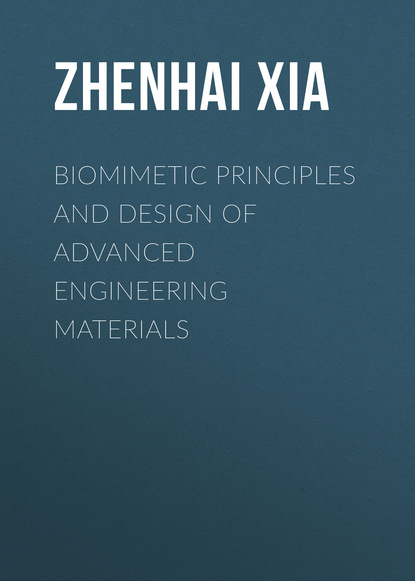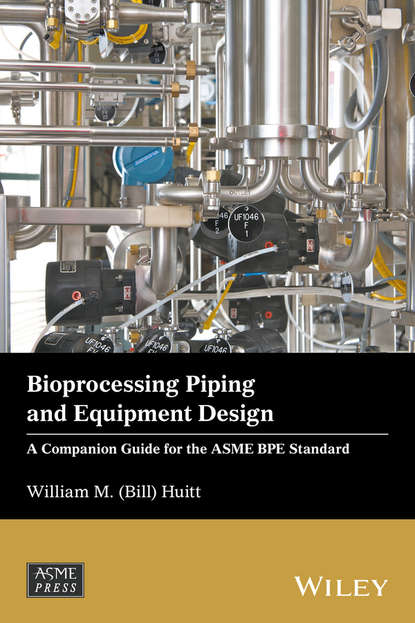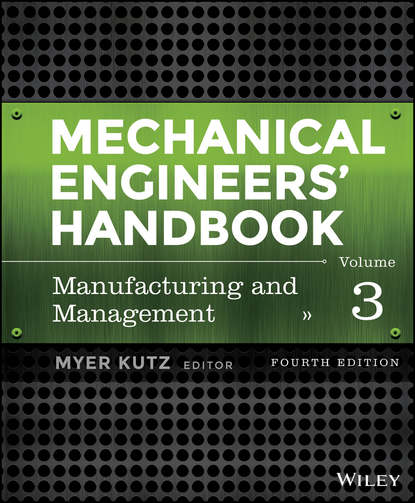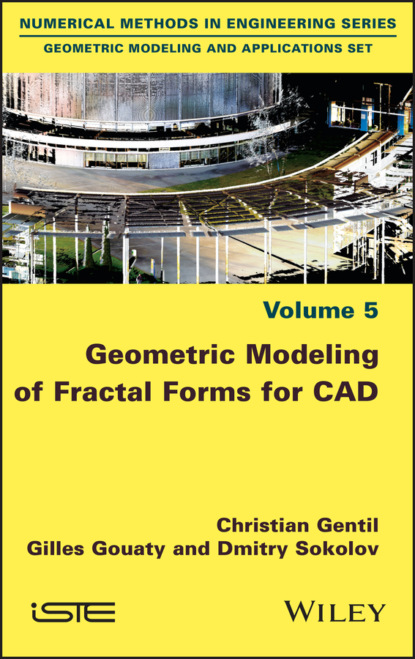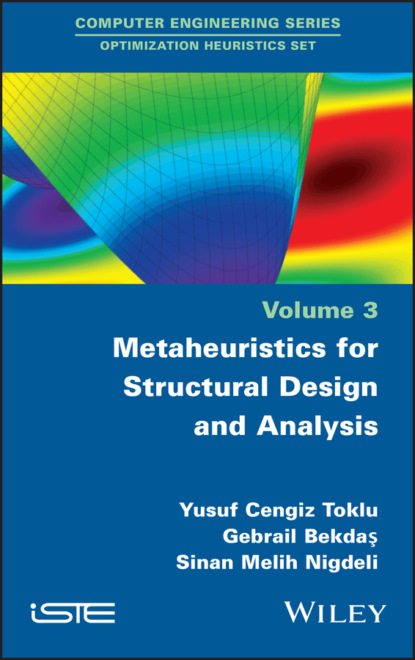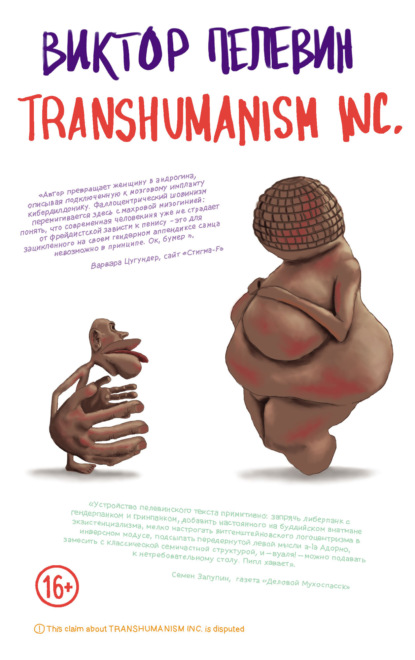Книга "Biomimetic Principles and Design of Advanced Engineering Materials" рассматривает связь между структурой, свойствами и процессами биоматериалов с инженерной и биомедицинской точек зрения, а также потенциал биоинспирированных материалов и их применение. В ходе эволюции появилось множество природных материалов с выдающимися физическими и механическими свойствами. Из биоинспирированного взгляда на дизайн материалов требуется новый и междисциплинарный подход. Интегрированный подход, использующий биоинспирацию с наукой о материалах и инженерией, может приносить значительные преимущества. Книга разделена на три части: в первой части рассматриваются механические аспекты, связанные с традиционными свойствами материалов: прочность, твердость, износостойкость, ударопрочность, самовосстановление, адгезия, адаптация и морфинг. Вторая часть посвящена функциональным материалам с уникальными свойствами, такими как самоочищение, реагирование на стимулы, структурный цвет, антирефлексионные материалы, каталитические материалы для преобразования и хранения чистой энергии и другие смежные темы. Третья часть описывает, как имитировать природные процессы для синтеза материалов с низкой стоимостью, эффективными и экологически чистыми подходами. Для каждой главы подход состоит в описании ситуаций в природе, а затем биоинспирированных материалов, что удовлетворяет потребность в междисциплинарном подходе, который пересекает как инженерию, так и науку о материалах.
This book explores structure-property relations of various kinds of materials from both engineering and bio medical perspectives, focusing on the potential for bio-inspired technologies, along with their applications as well. With all besides varied sorts of biologically derived materials having remarkable mechanical and physical properties, it's evident that bio-based connotations should be employed in creating innovative materials. In doing so, engineers and material scientists should engage with novel interdisciplinary strategies. Many breakthroughs can potentially be accomplished by combining bio-innovations with the specialty of today's materials pie. This text is broken into three large sections: part one, drugs discussion regarding conventional material metrics including solidity, ductility, opposition, abrasion/rupture state, impact reaction, healing and bond, adaptation and form morphing are addressed. During chapter two, keys topics revolving around numerous capable materials including self-clean, stimulus responses, structure color, anti reflective materials, catalyst materials NOW, are tackled. Finals chapter discusses the copying of natural processes in order to create materials using inexpensive, eco-friendly versions that use efficient methods.
Электронная Книга «Biomimetic Principles and Design of Advanced Engineering Materials» написана автором Zhenhai Xia в году.
Минимальный возраст читателя: 0
Язык: Английский
ISBN: 9781118926246
Описание книги от Zhenhai Xia
This book explores the structure-property-process relationship of biomaterials from engineering and biomedical perspectives, and the potential of bio-inspired materials and their applications. A large variety of natural materials with outstanding physical and mechanical properties have appeared in the course of evolution. From a bio-inspired viewpoint, materials design requires a novel and highly cross disciplinary approach. Considerable benefits can be gained by providing an integrated approach using bio-inspiration with materials science and engineering. The book is divided into three parts; Part One focuses on mechanical aspects, dealing with conventional material properties: strength, toughness, hardness, wear resistance, impact resistance, self-healing, adhesion, and adaptation and morphing. Part Two focuses on functional materials with unique capabilities, such as self-cleaning, stimuli-response, structural color, anti-reflective materials, catalytic materials for clean energy conversion and storage, and other related topics. Part Three describes how to mimic natural materials processes to synthesize materials with low cost, efficient and environmentally friendly approaches. For each chapter, the approach is to describe situations in nature first and then biomimetic materials, fulfilling the need for an interdisciplinary approach which overlaps both engineering and materials science.
